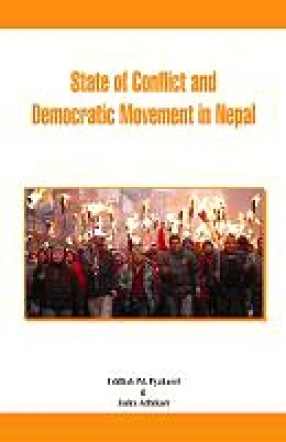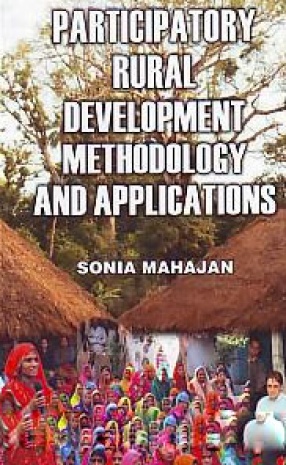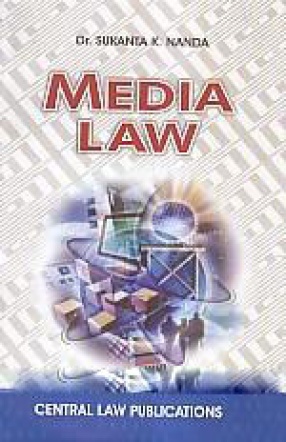Nepal has reached a critical phase. The new constitution is in the making, and with its promulgation, the country would enter into a new phase of democracy along with a number of structural changes.
During the last two decades, many significant issues have emerged on the scene of Nepali society and polity. The process of political transition has unfolded many dimensions of considerable importance. The questions of stabilization of democracy, federalism, ethnicity, regionalism, social inclusion, gender, etc., are becoming the core issues. The demography, migration and health issues are gaining currency demanding immediate attention. The media has started acquiring a relevant role in this context. The civil society too finds itself assuming new shape and role accordingly. The present volume is thus successful in taking account of a lot of issues that happened in Nepal, especially after the advent of democracy in the 1950s. The book has tried to link the past with the present; it tries to analyse the present with the lens of historical realities. The permanent nature of transition in Nepal has been attributed to power-greedy rulers of the past who always tried to play India or China card to remain in power. Similarly, marginalization of ethnic communities, Dalits, women, etc. by the King, political parties like the Nepal Congress and the CPN (UML) has been described as the prime reason behind the rise and growth of Maoist movement in Nepal.





There are no reviews yet.